-
 © Tony Baker/Classic & Sports Car
© Tony Baker/Classic & Sports Car -
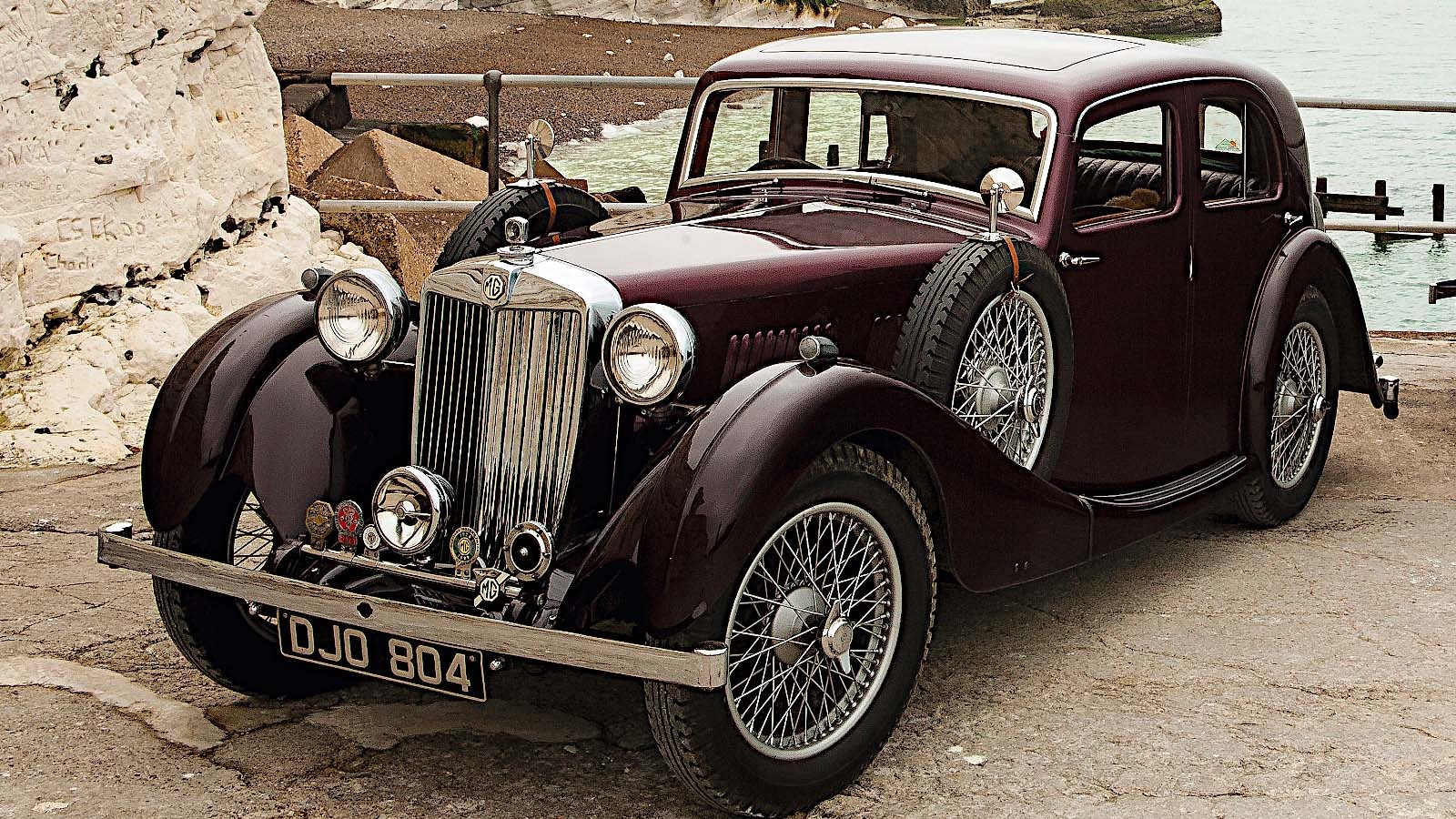 © Tony Baker/Classic & Sports Car
© Tony Baker/Classic & Sports Car -
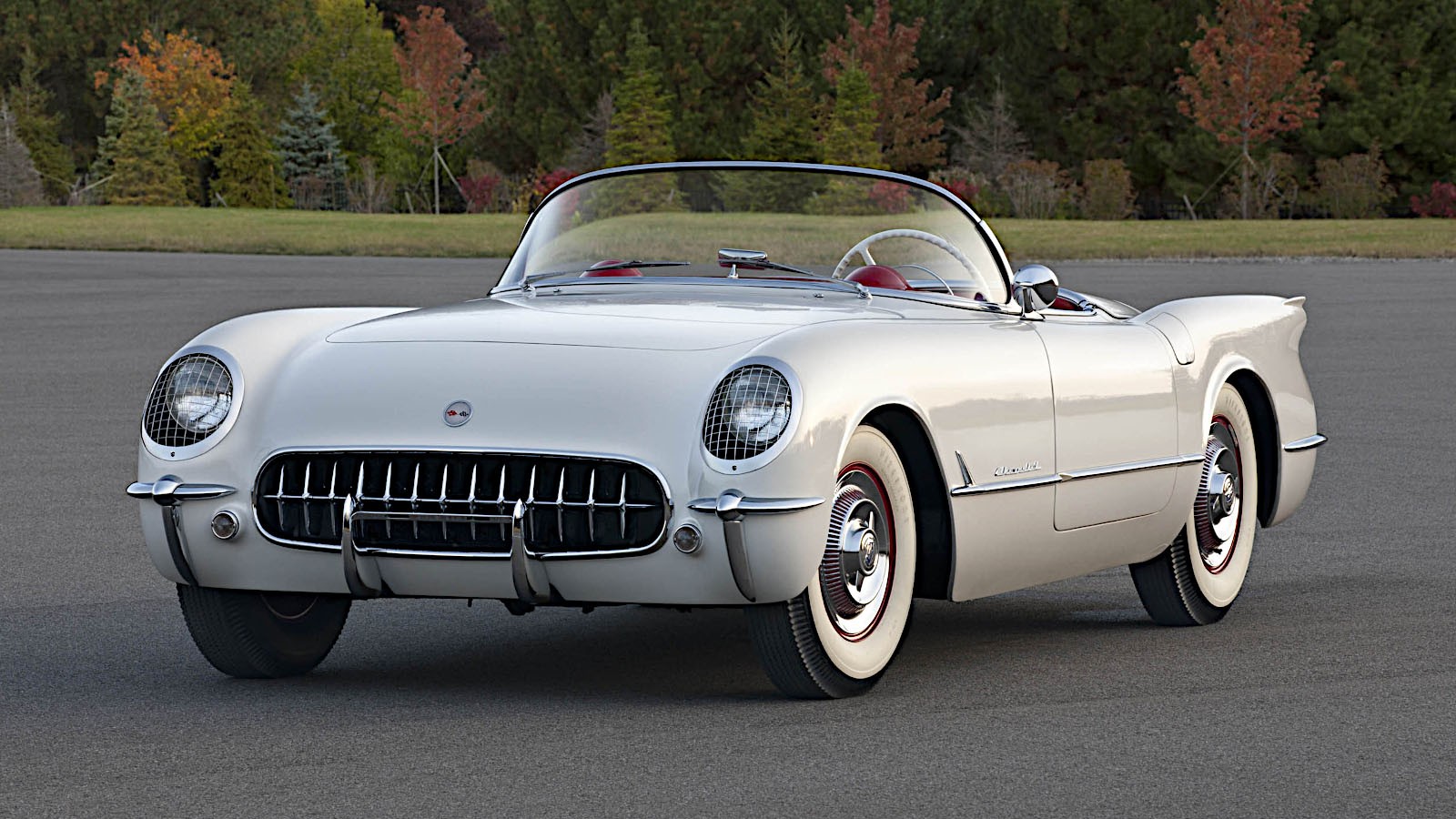 © GM
© GM -
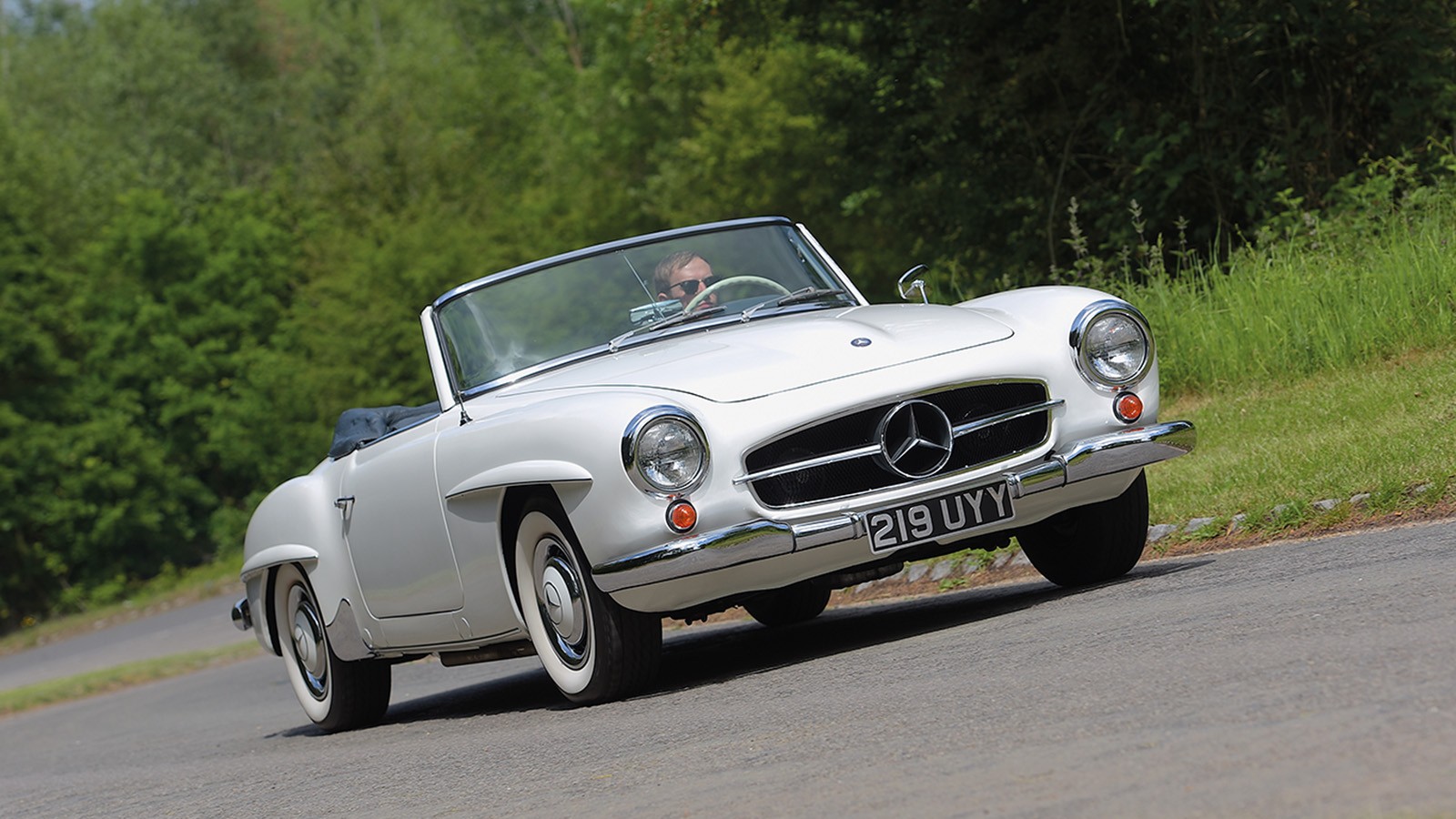 © Will Williams/Classic & Sports Car
© Will Williams/Classic & Sports Car -
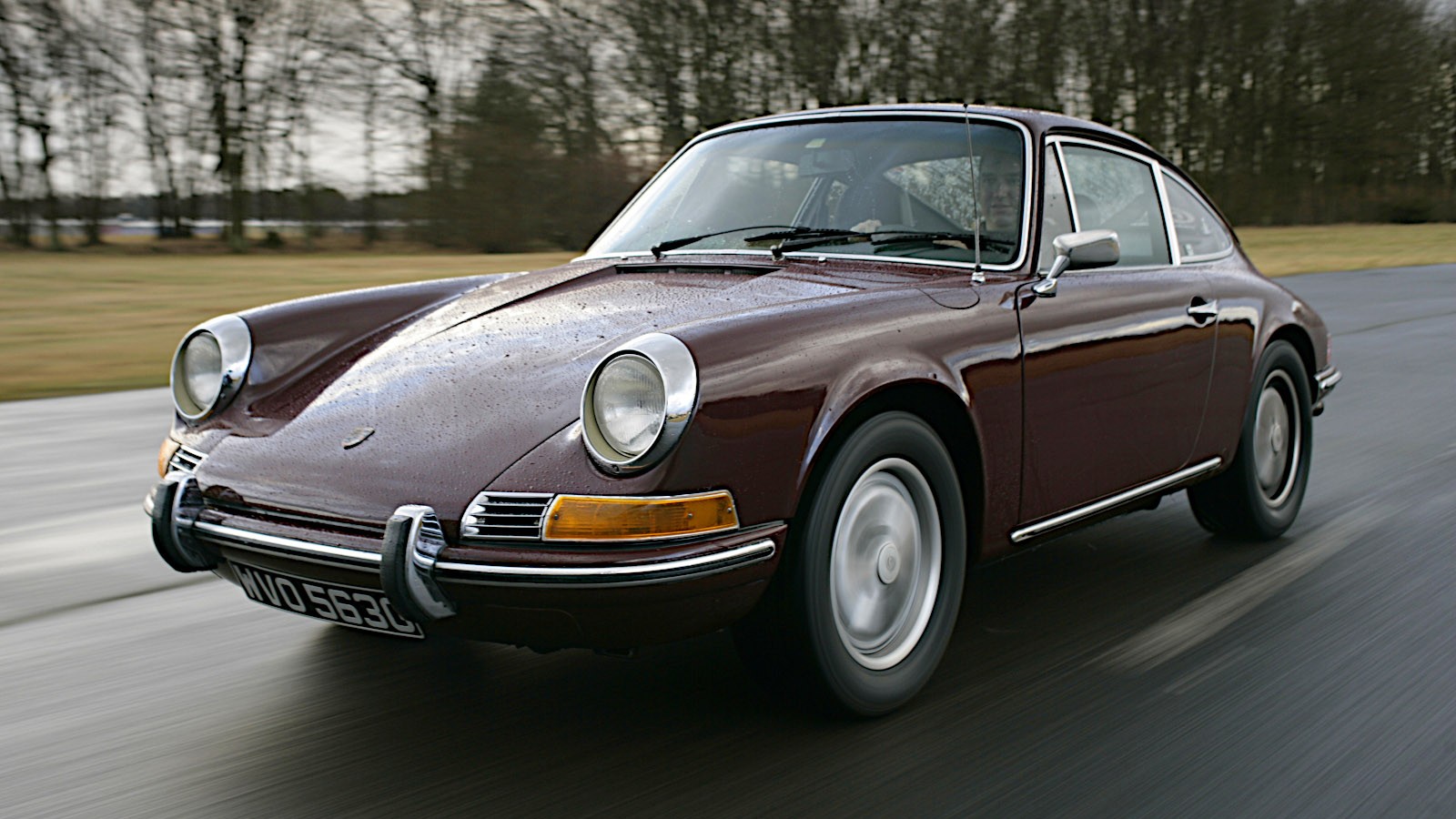 © Classic & Sports Car
© Classic & Sports Car -
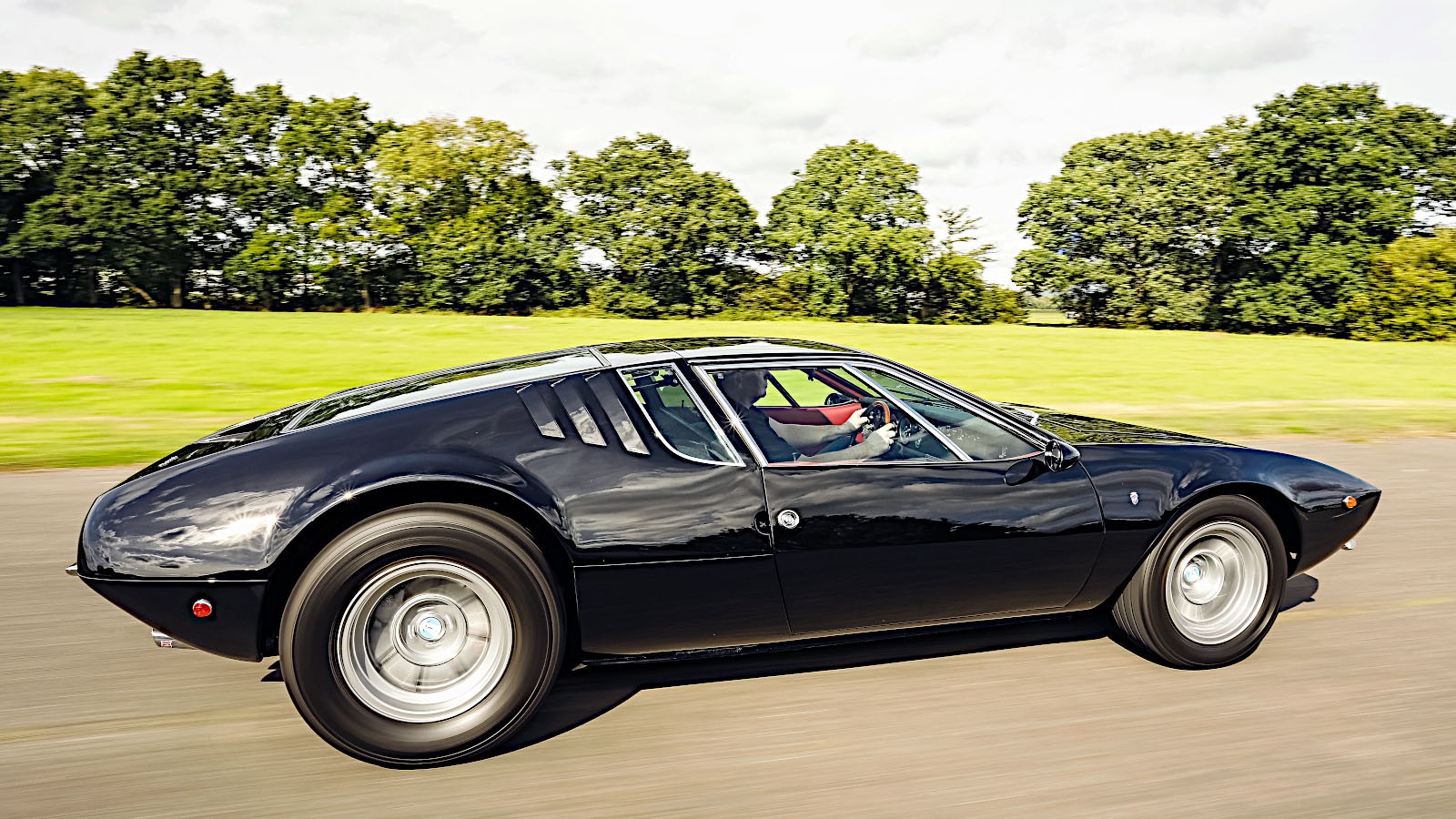 © Tony Baker/Classic & Sports Car
© Tony Baker/Classic & Sports Car -
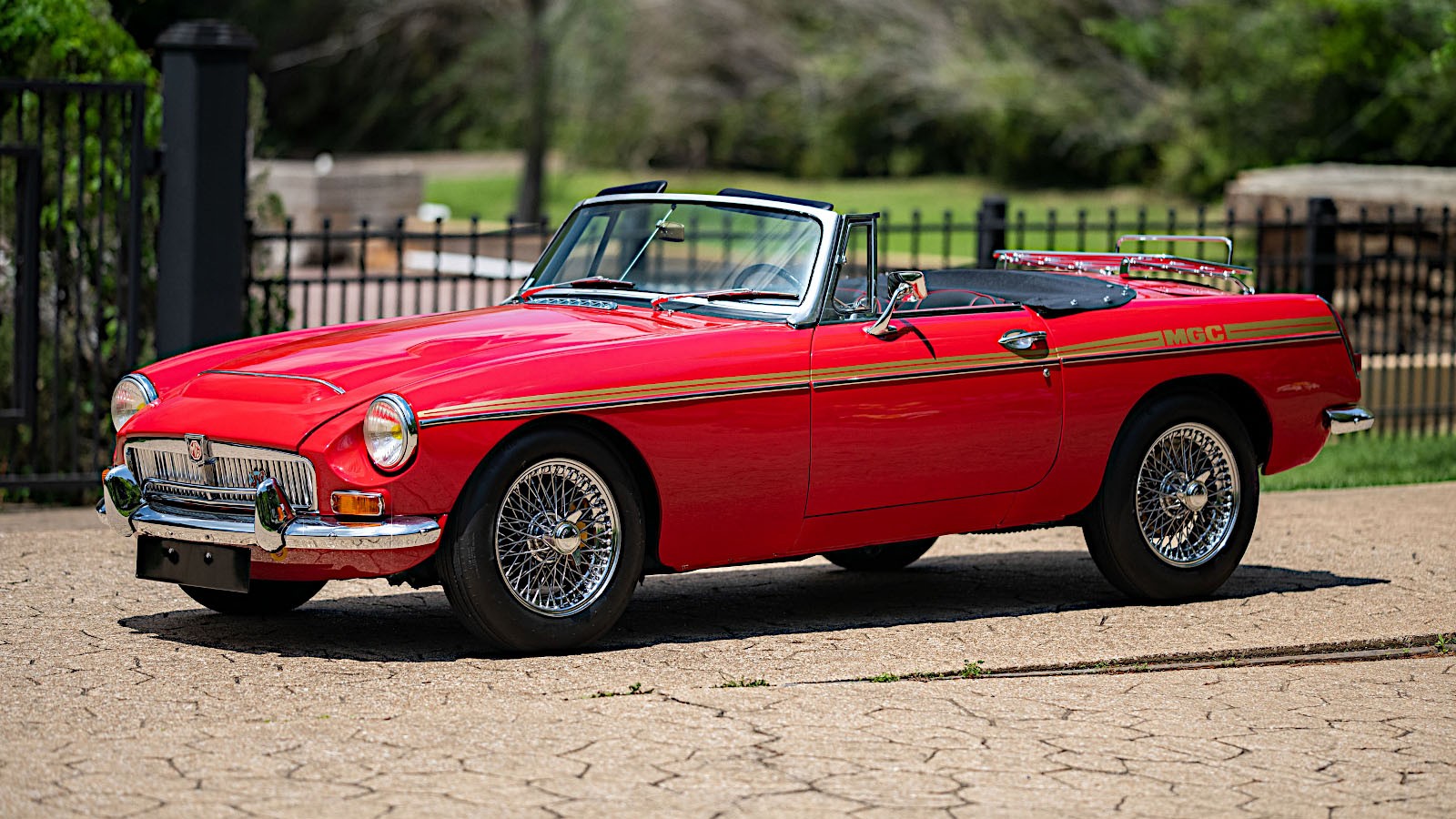 © RM Sotheby’s
© RM Sotheby’s -
 © Stellantis
© Stellantis -
 © RM Sotheby’s
© RM Sotheby’s -
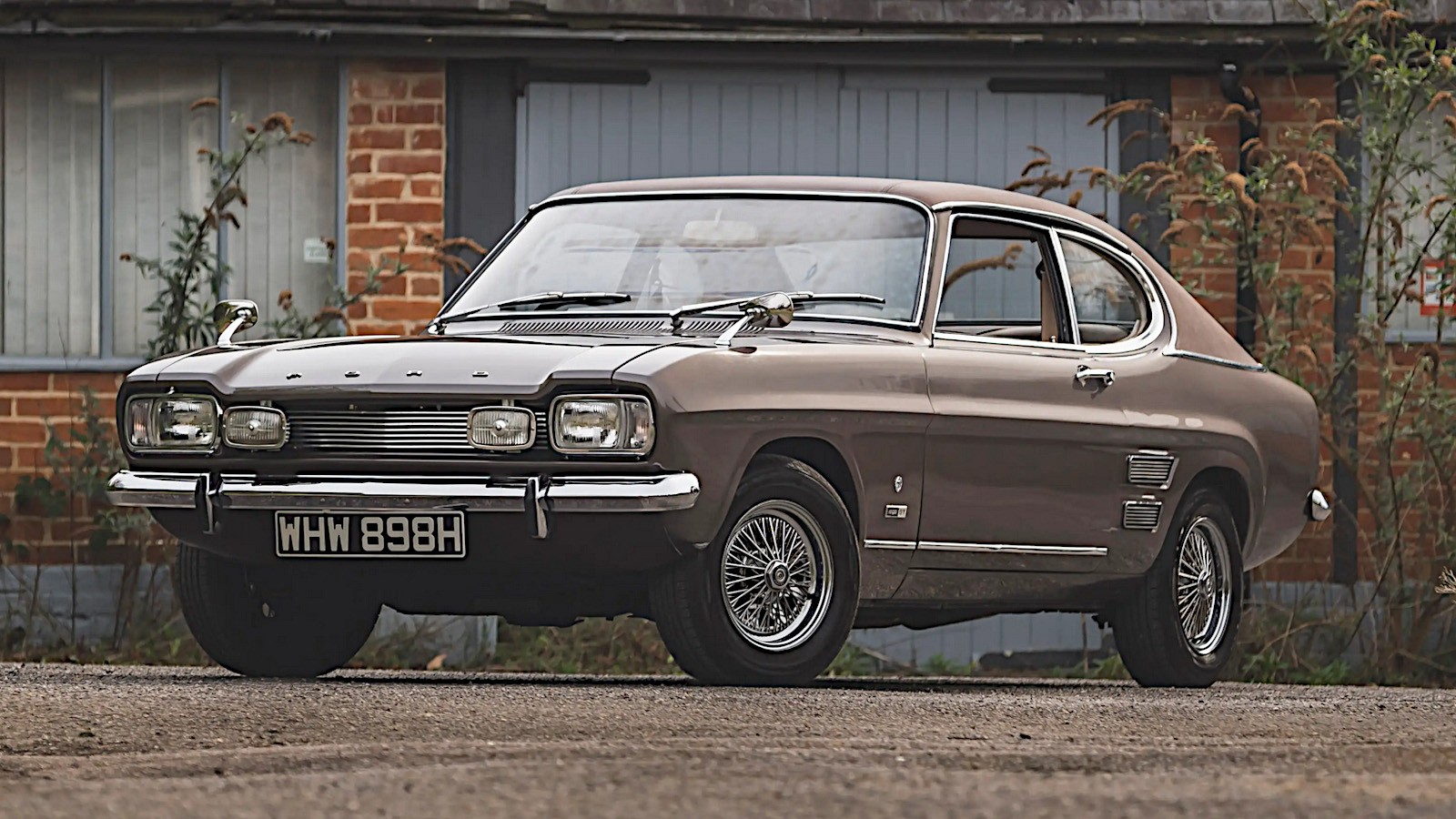 © Bonhams|Cars
© Bonhams|Cars -
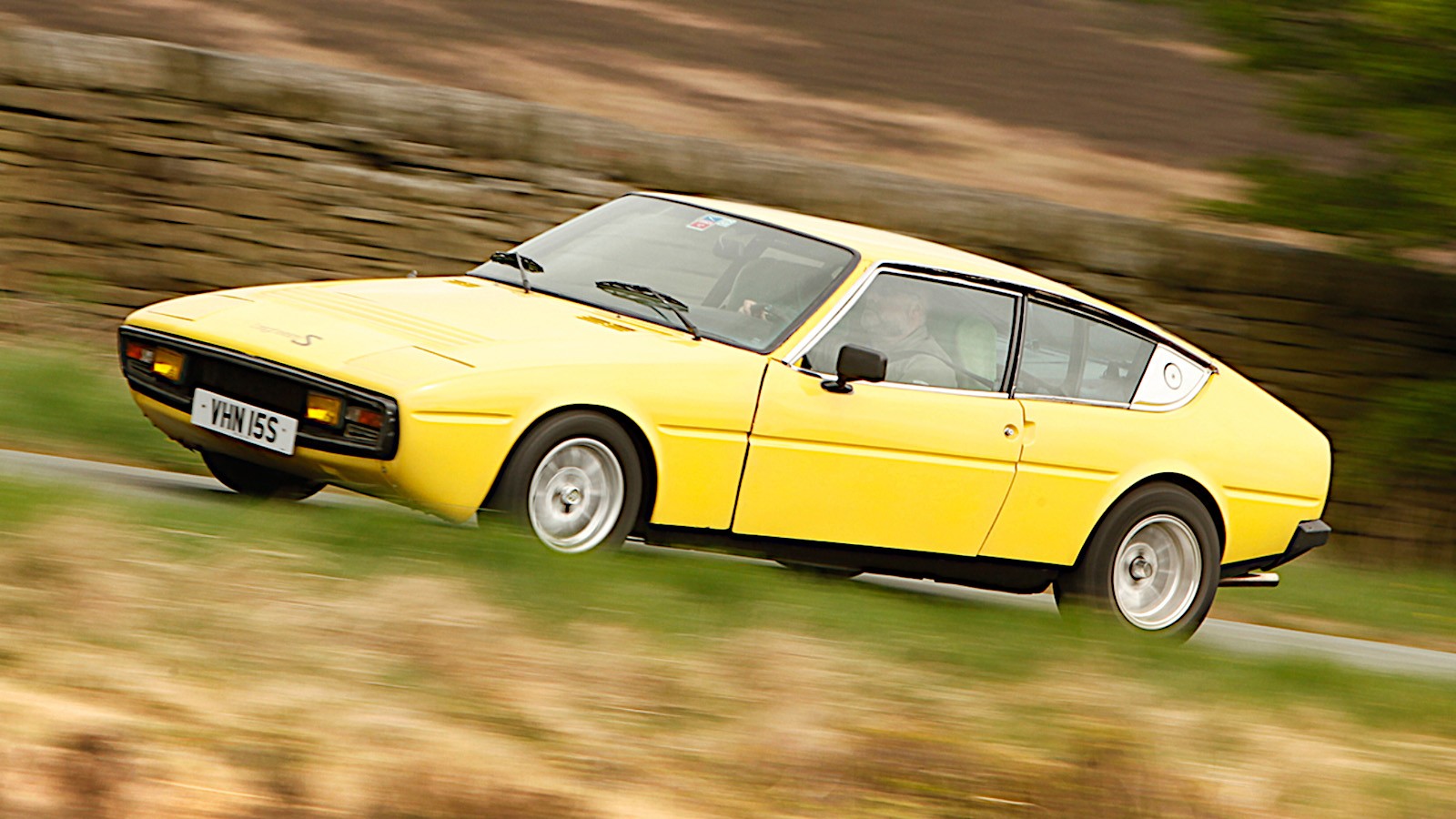 © Tony Baker/Classic & Sports Car
© Tony Baker/Classic & Sports Car -
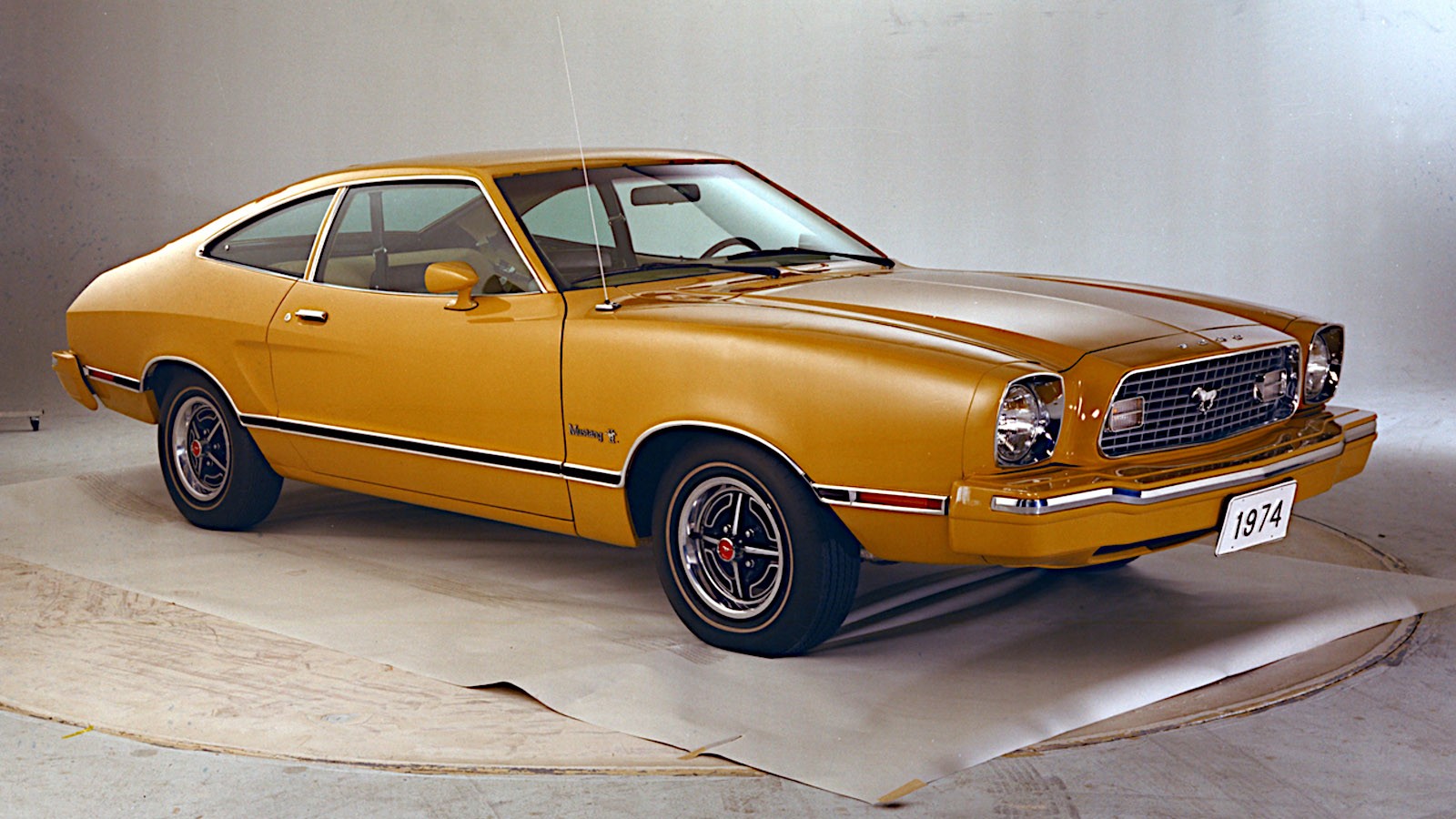 © Ford
© Ford -
 © Tony Harrison/Creative Commons licence https://creativecommons.org/licenses/by-sa/2.0/legalcode.en
© Tony Harrison/Creative Commons licence https://creativecommons.org/licenses/by-sa/2.0/legalcode.en -
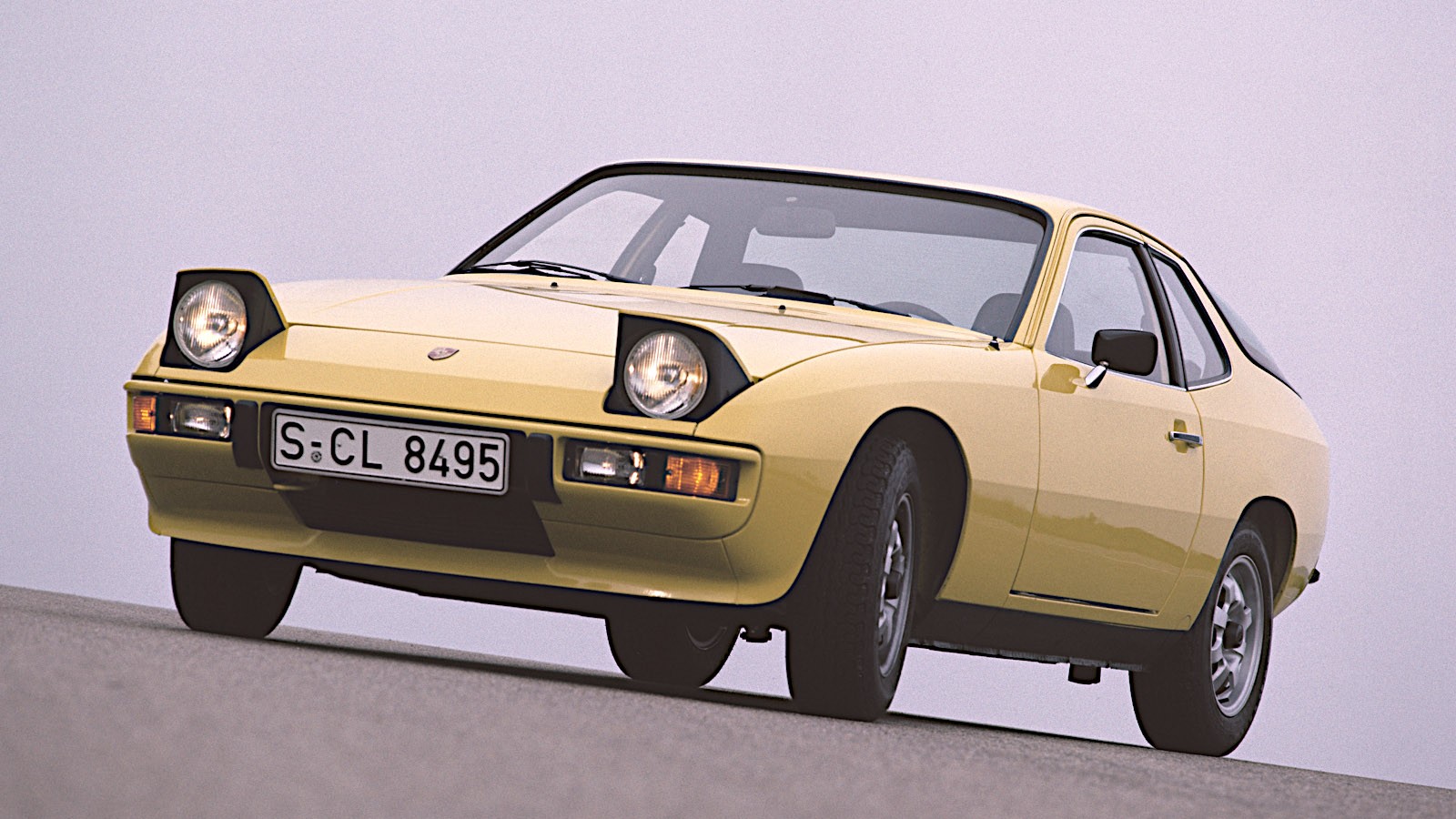 © Porsche
© Porsche -
 © Tony Baker/Classic & Sports Car
© Tony Baker/Classic & Sports Car -
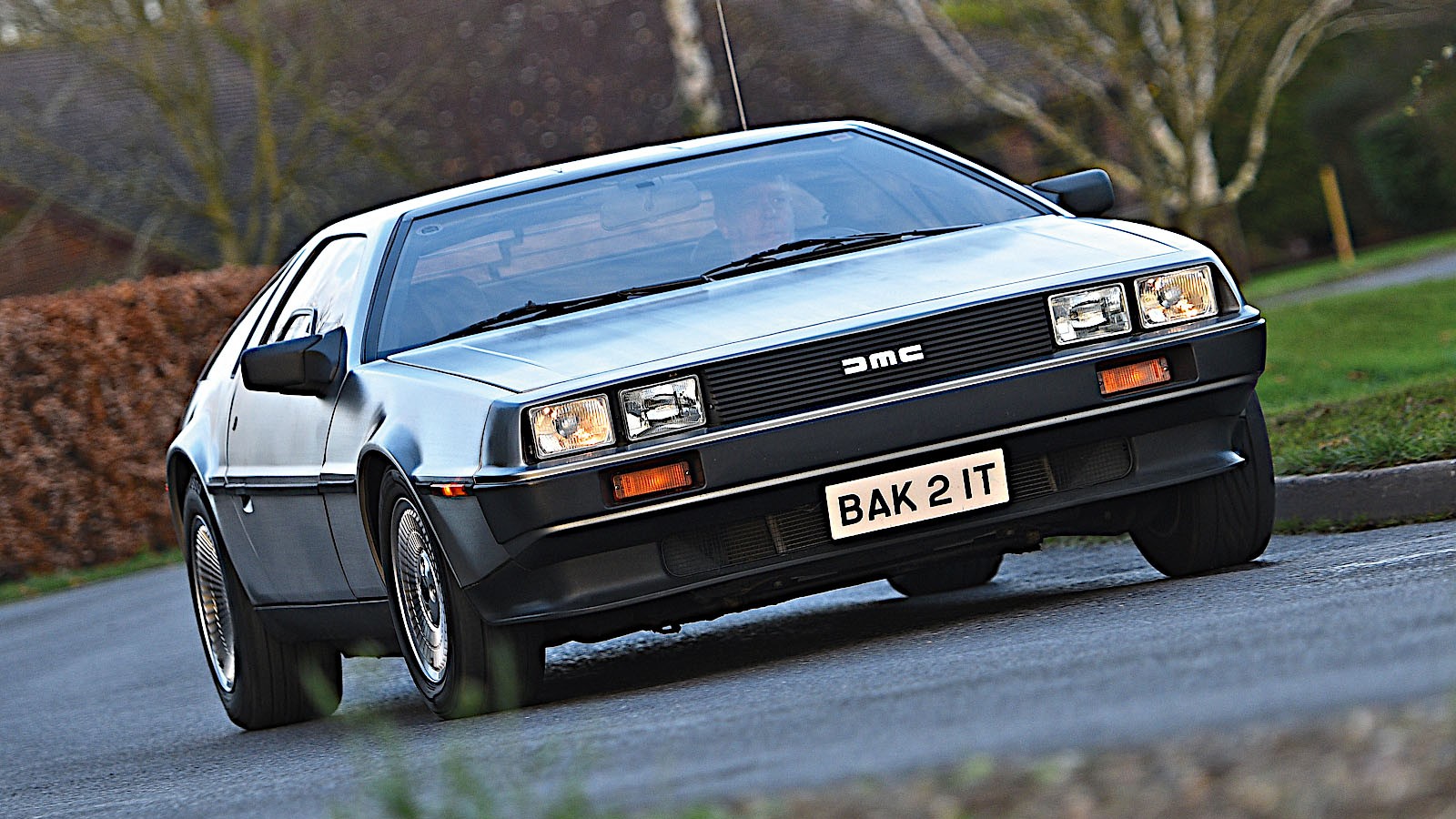 © Will Williams/Classic & Sports Car
© Will Williams/Classic & Sports Car -
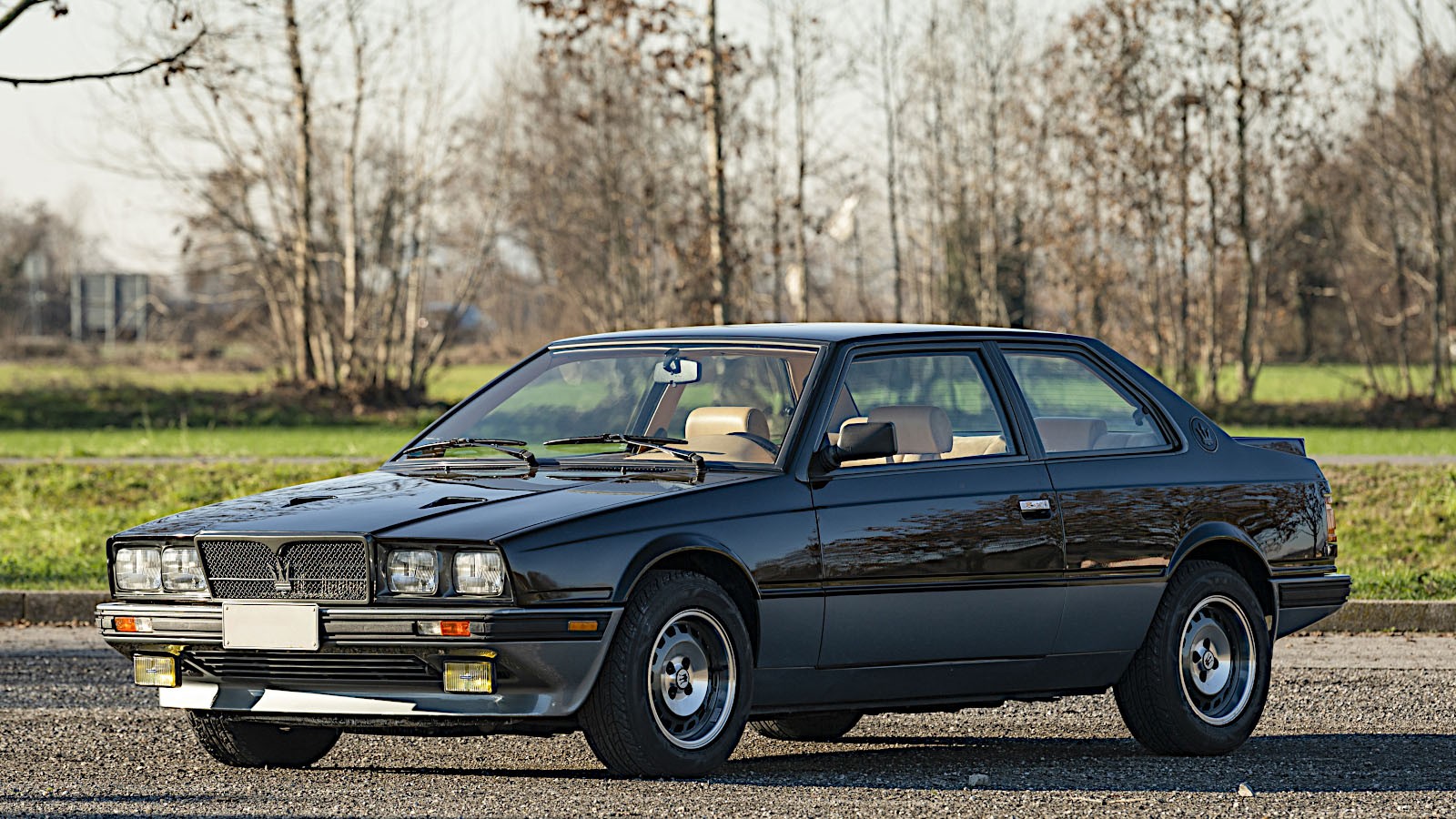 © Paolo Carlini/RM Sotheby’s
© Paolo Carlini/RM Sotheby’s -
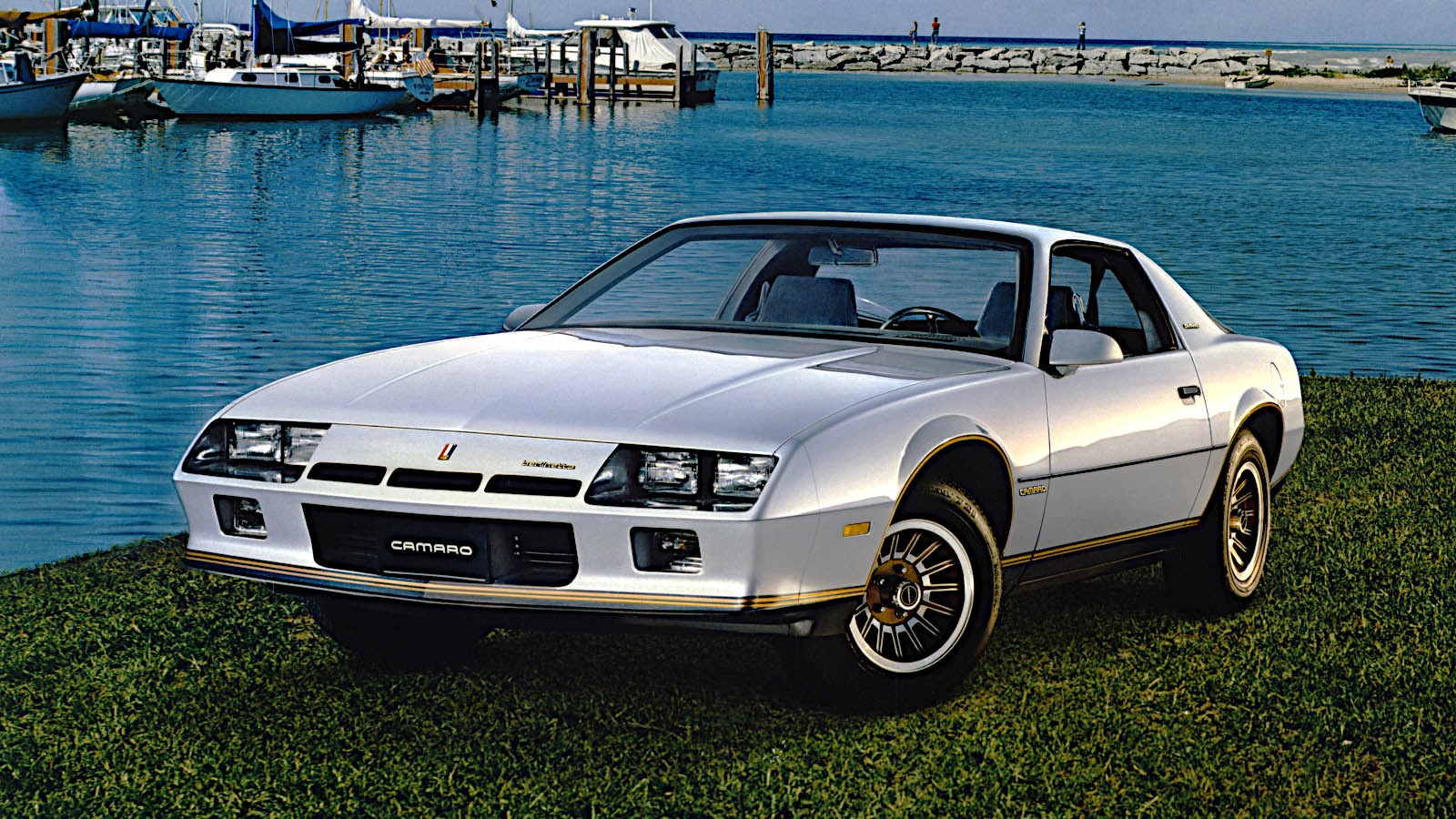 © GM
© GM -
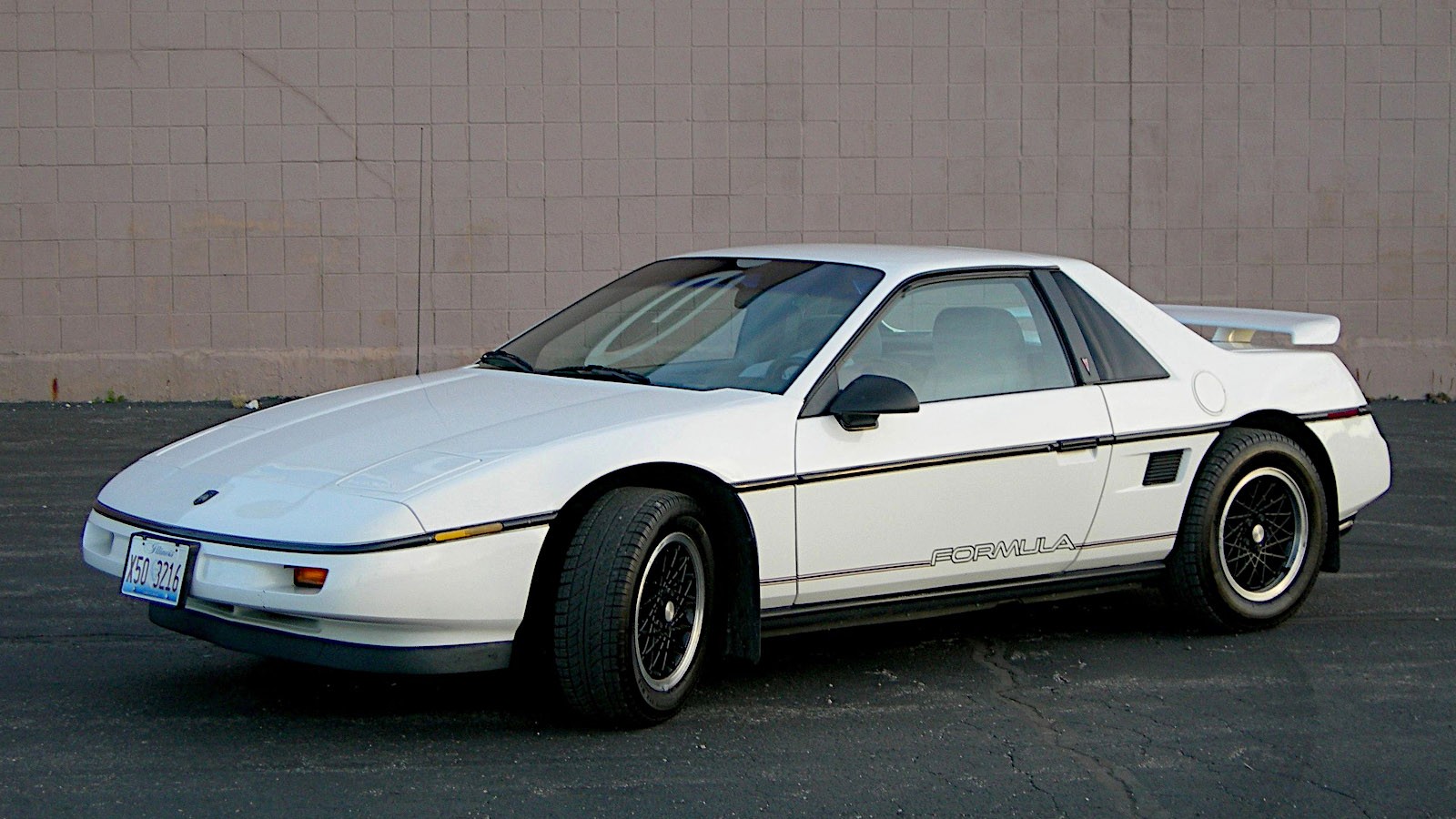 © Jonrev/Public domain
© Jonrev/Public domain -
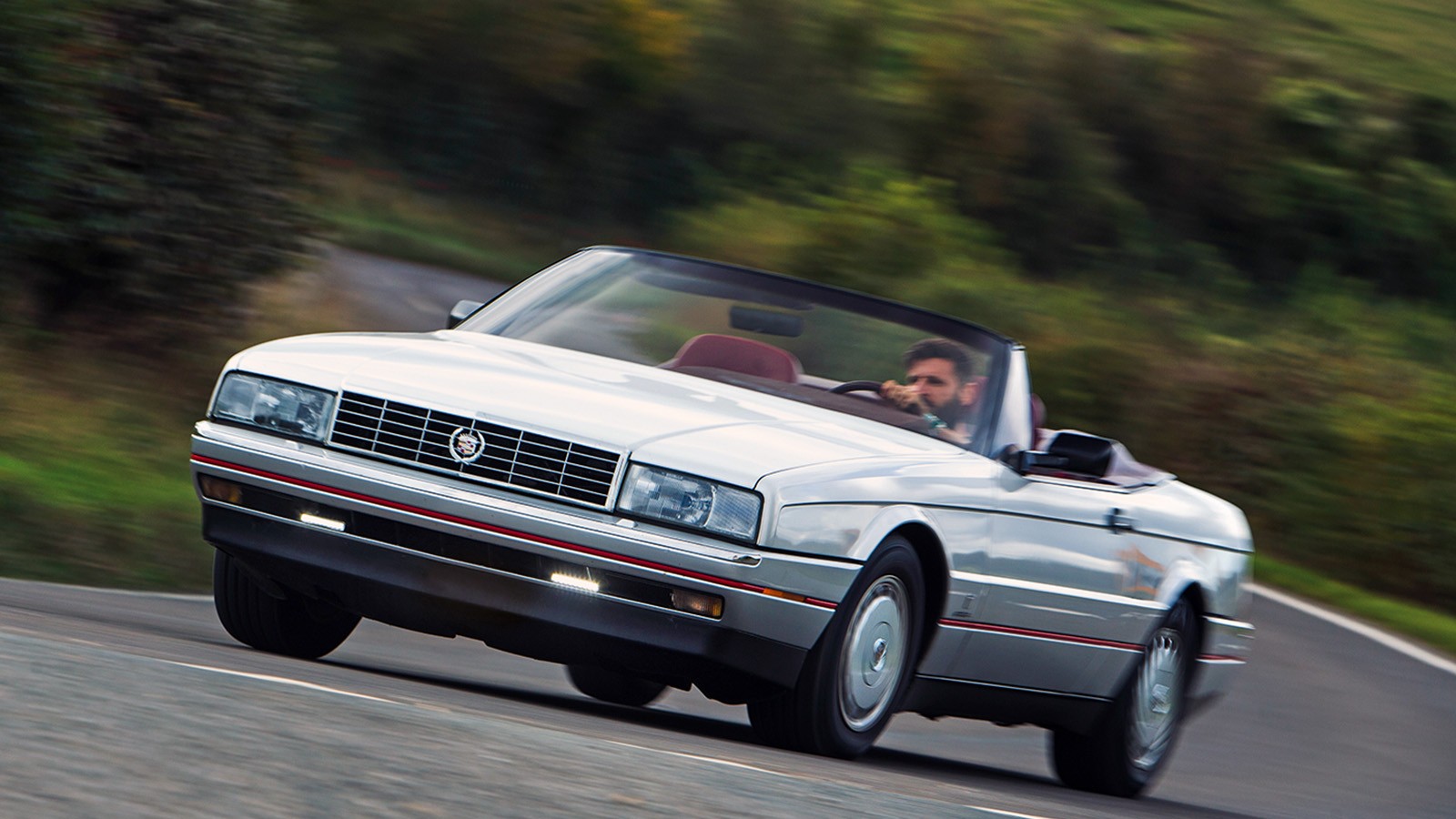 © Luc Lacey/Classic & Sports Car
© Luc Lacey/Classic & Sports Car -
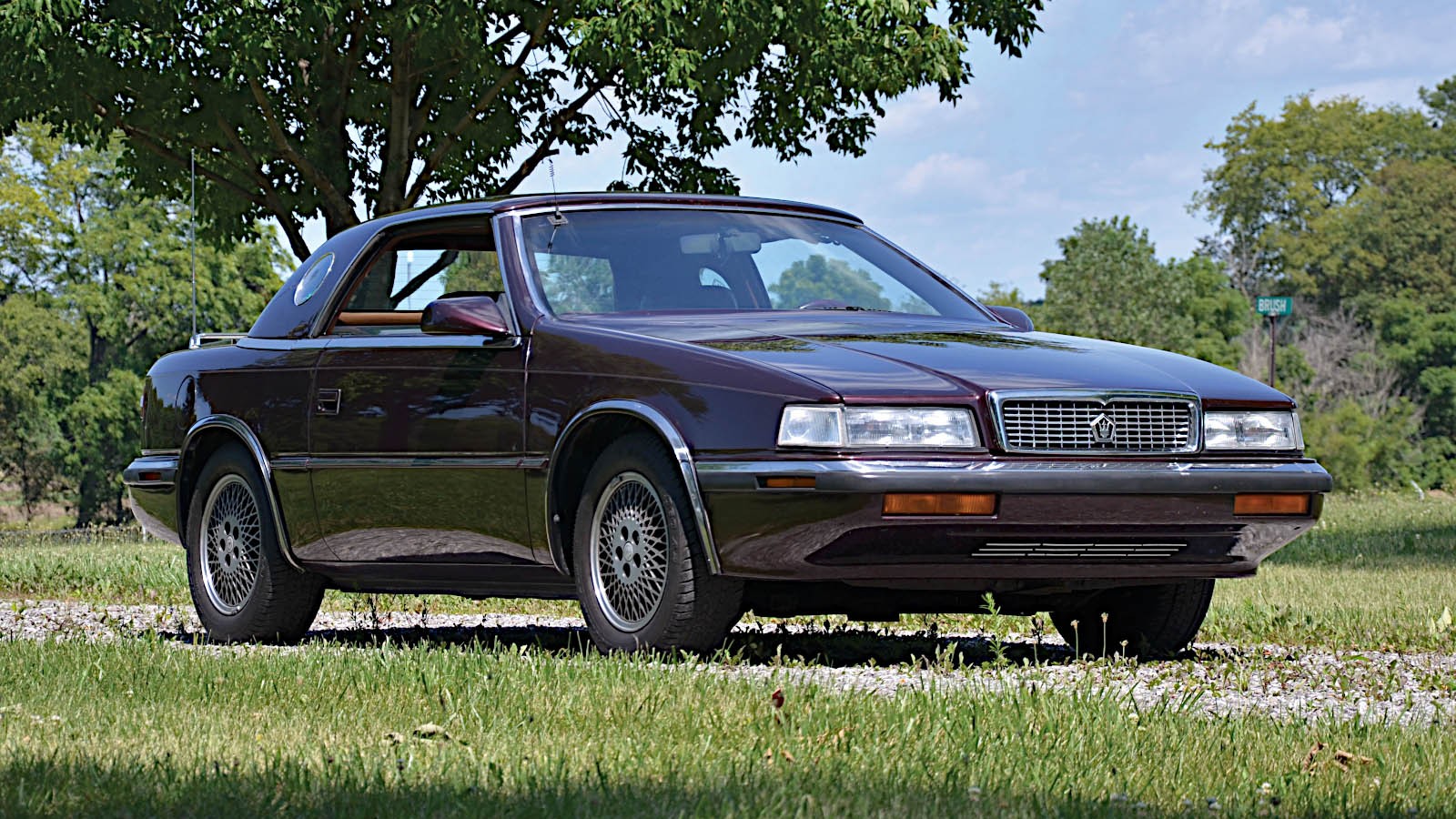 © RM Sotheby’s
© RM Sotheby’s -
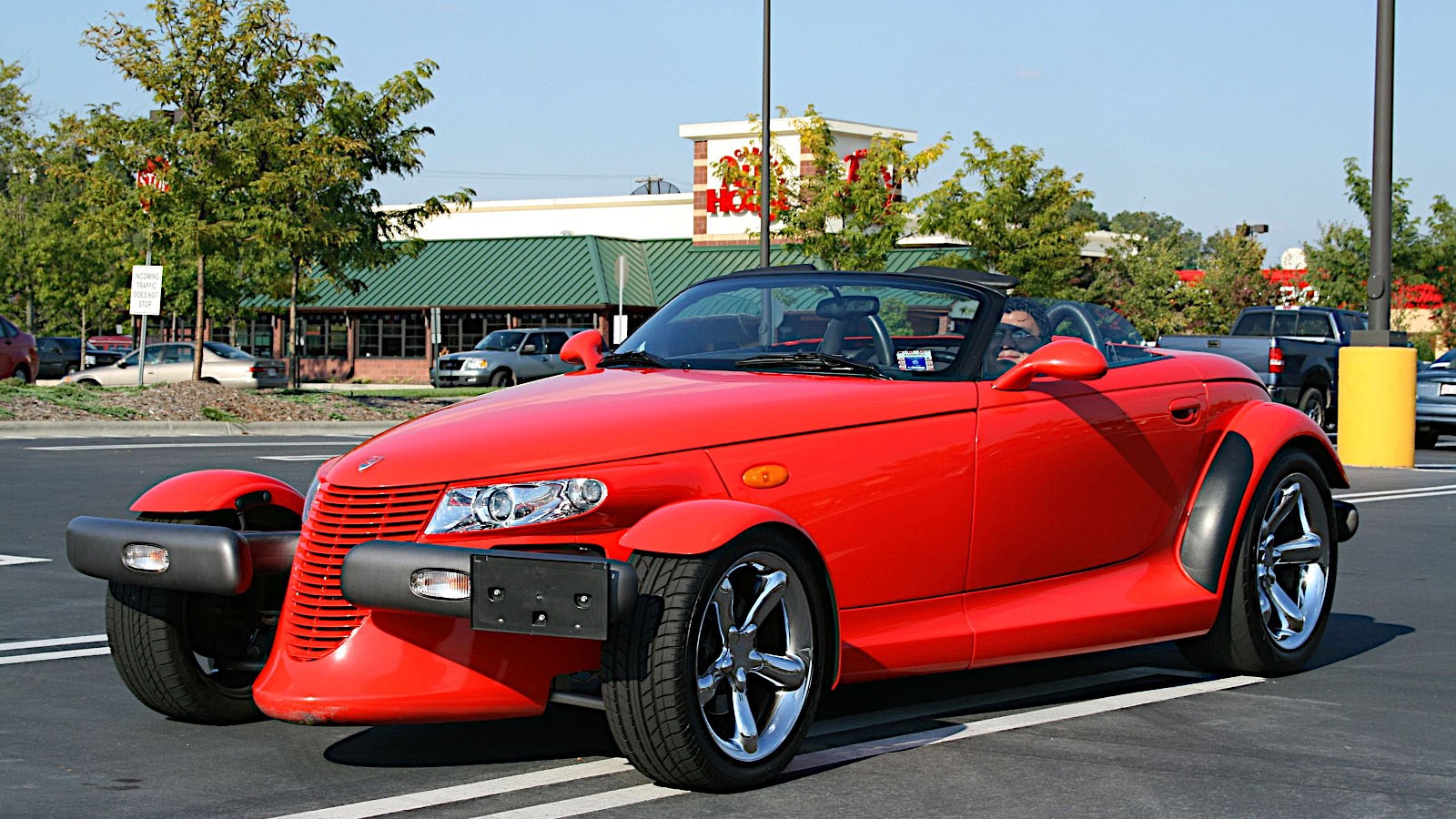 © Ildar Sagdejev/Creative Commons licence https://creativecommons.org/licenses/by-sa/4.0/legalcode
© Ildar Sagdejev/Creative Commons licence https://creativecommons.org/licenses/by-sa/4.0/legalcode -
 © Audi
© Audi
-
So near, yet so far…
Although the main purpose of a car is to provide transport, there is a very long tradition of producing sportier models which are – or are at least intended to be – above averagely fun to drive.
Some of these have been more successful than others, and here we’ll be looking at 22 examples which were unsatisfying in some way, though in most cases we are also able to point out reasons why they should not be dismissed.
Listed in chronological order, they were all sold to the public and intended for road use (so no concepts or competition cars), and were available in the 20th century.
-
1. MG VA (1937)
In 1935, MG was taken over by Morris, which almost immediately cancelled the sportier marque’s very successful competition activities.
No longer able to build racing cars, MG now began to develop a series of sporting saloons (also available as drophead coupés) called, in order of their arrivals, SA, VA and WA.
To the dismay of enthusiasts, none of them was particularly quick, and the VA was the slowest of the lot, with its 1.5-litre, four-cylinder engine producing only 54bhp.
Progress was therefore, at best, stately, but the VA was praised for its smoothness, roadholding and brakes, and with a little more than 2400 examples produced in two and a half years, it was one of the best-selling pre-war MGs.
-
2. Chevrolet Corvette (1953)
Now in its eighth generation, the Chevrolet Corvette is one of the most celebrated sports cars in the world, and it would be easy to assume that this has always been true.
In fact, the original model was received with restrained enthusiasm when it was introduced in 1953, partly because the only available engine – a 3.9-litre version of the already venerable Stovebolt straight-six – produced a mere 148bhp.
Two years later, Chevrolet added its new 4.3-litre small-block V8 to the line-up, and in its new 194bhp form (a ‘breath-stopping output’ according to the sales brochure) the Corvette began to sing.
Larger and more powerful versions of the V8 would later be introduced, but the 4.3 was the one which first turned the Corvette into a car for enthusiasts.
-
3. Mercedes-Benz 190SL (1955)
According to Mercedes-Benz, the 190SL (based on the 180 saloon and offered as either a roadster or a coupé) ‘was not designed to be a true sports car, but an elegant and sporty two-seated GT car’.
This points to the difference between the 190 and the 300SL introduced a year earlier.
Among other contrasts between the two similar-looking models, the 190 had a 1.9-litre, four-cylinder engine whose output was less than half that of the 300’s 3-litre straight-six.
It would be easy to consider this as a disappointment, but the 190 was always intended to be far more affordable than the very expensive 300, and it was certainly successful – 25,881 examples were built between May 1955 and February 1963, most of them finding homes in the US.
-
4. Porsche 912 (1965)
When production of the Porsche 356 came to an end, the 912 was introduced as a new entry-level model.
It looked almost identical to the 911, but it was powered by a 1.6-litre, four-cylinder engine, so power was well down on the 911 with its 2-litre flat-six, plus the motor made the car sound like a Volkswagen Beetle.
On a more positive note, it was much cheaper and correspondingly more popular, which helps explain why it was worth Porsche’s time to build more than 30,000 examples in just four years.
-
5. De Tomaso Mangusta (1967)
Following on from the four-cylinder Ford Kent-engined Vallelunga, the Mangusta was the first V8 De Tomaso, powered by a modified 4.7-litre Ford Windsor in Europe, or a more-or-less-standard, 4.9-litre version of the same unit in North America.
Impressive though it looked, the Mangusta was criticised almost from the start for wayward handling, which has been attributed to many things over the years, including too much weight at the rear, an insufficiently stiff chassis and flexibility in bridges carrying the rear subframe.
Production lasted only until 1971, when De Tomaso replaced the Mangusta with the Pantera, which has a better reputation and was still being manufactured in the early 1990s.
-
6. MGC (1967)
The first of two attempts to make the MGB more powerful involved replacing its 1.8-litre BMC four-cylinder B-series engine with the 2.9-litre C-series straight-six.
This required a lot of work, and made the car much heavier at the front than it had been before.
Its handling suffered as a result, which led to the C becoming the least highly regarded version of the MGB.
In 1973, a similar effort led to the introduction of the Rover-engined MGB GT V8, which did not have the same weight-distribution problem and has a much better reputation.
-
7. Opel GT (1968)
Although the two cars were designed by different teams, the GT bore a close resemblance to the third-generation Chevrolet Corvette which appeared at around the same time.
Mechanically, however, there was no connection whatsoever. All Corvettes of that period had V8s, while the more powerful of the two engines available in the GT was Opel’s 1.9-litre, four-cylinder CIH (Cam In Head).
Even this was a monster compared with the alternative, a 1.1-litre version of the little overhead-valve engine found in small Opels since the early 1960s (and adopted for the same purpose by Vauxhall, which altered it extensively).
The GT was a beautiful little car, but in 1.1-litre form it was best suited to people who didn’t need to go anywhere in a hurry.
-
8. Triumph TR250 (1968)
Designed specifically for the US market, the TR250 was almost exactly the same thing as the TR5, except that its 2.5-litre straight-six engine had carburettors rather than fuel injection.
According to Triumph’s own figures, this had a drastic effect on the power output – while the TR5 produced 150bhp, the TR250 could manage only 104bhp.
While this might sound unappealing, the TR250 was by far the more successful of the two.
Triumph built 8484 examples, compared with just 2947 of the TR5.
-
9. Ford Capri (1969)
Described variously as ‘the car you always promised yourself’ and the European equivalent of the Ford Mustang, the first-generation Capri was available with a remarkably wide range of engines.
These included the 3-litre Essex V6, which was taken out to 3.1 litres for the RS 3100 homologation special.
At the other end of the scale, the Capri was offered with the four-cylinder Kent unit, both in 1.6-litre form and, surprising as it may seem now, as a 1.3-litre producing just 57bhp.
The 1300GT was significantly stronger, with an output of 72bhp, but the regular 1.3 was hardly a car to set the pulse racing, even though it looked as if it might be.
-
10. Matra Bagheera (1973)
For its time, the Matra Bagheera was an exceptionally modern-looking car, and one with the unusual feature of three seats placed in a single row.
In that respect, it was similar to the later McLaren F1, but the resemblance didn’t go much further.
Power, such as it was, came from the mid-mounted, four-cylinder Poissy engine, which had made its debut in the little Simca 1000 back in 1961 and appeared here in 84bhp 1.3-litre form.
The 1.4-litre version which arrived in 1976 had about the same power with one carburettor and only slightly more if fitted with two, though its mid-range performance was better.
-
11. Ford Mustang (1974)
The original Mustang was a landmark model in the American motor industry, introducing the concept of the pony car (a powerful but relatively inexpensive coupé or convertible) and bringing a new type of customer to Ford.
The Mustang II was very successful in terms of sales, but at the same time a cruel disappointment to enthusiasts who believed that the spirit of its predecessor had been cast out.
In its debut year, it was available only with the 2.3-litre four-cylinder Lima engine or a 2.8-litre V6 – a V8 was not added to the range until 1975.
The third Mustang was also a disappointment, especially when fitted with a spectacularly dull 4.2-litre variant of the Windsor V8 producing a mere 119bhp.
-
12. Lancia Scorpion (1976)
The Scorpion was a version of the Beta Montecarlo adapted for the US market, and renamed because Chevrolet already had a car called Monte Carlo.
The exciting nature of the mid-engined coupé as sold in Europe was toned down considerably for the other side of the Atlantic.
Its Fiat Twin Cam engine was reduced from 2 to 1.8 litres (which, along with other forms of detuning, reduced the power output by a third), and US legislation required an increased ride height which can’t have helped the handling.
Add in the fact that it was possible to buy a contemporary Chevrolet Corvette for considerably less money, and it becomes easy to see why the Scorpion was discontinued after only two years.
-
13. Porsche 924 (1976)
Porsche startled the motoring world by introducing a model which would have been considered conventional if it had been marketed by almost anyone else.
The 924’s 2-litre engine, derived from one already used by Audi, was a water-cooled, four-cylinder unit, mounted in the front of the car (and therefore without precedent in any Porsche model) and produced 123bhp, making the car less powerful than any 911 including the very first one.
Being inexpensive in Porsche terms, it sold well, and it led to the similarly front-engined 924 turbo, the 944, the 968 and the V8-engined 928.
The idea was never fully accepted, though, and Porsche finally brought the line to an end in 1995, while continuing to build 911s.
-
14. Ferrari Mondial (1980)
Described by its maker as ‘Ferrari’s first car with all-round appeal’, the Mondial was a successor to the 308GT4, with an additional 10cm (3.9in) in the wheelbase to allow extra room for rear passengers.
Its 2.9-litre V8 engine produced 211bhp at first, but Ferrari upped its output both by increasing the capacity and doubling the number of valves per cylinder from two to four.
This might all sound okay so far, but the Mondial was, and still is, criticised for being too slow, too heavy and not pretty enough, to say nothing of its reputation for unreliability.
If you happen to find an article about the Most Disappointing Ferraris In The History Of The Universe (and there are several like that), you can bet the farm that the Mondial will be mentioned in it.
-
15. De Lorean DMC-12 (1981)
A starring role in the Back to the Future film franchise has preserved the memory of the De Lorean DMC-12 and is, perhaps, fortunately, the only reason most people know about it today.
In its time, it was at the centre of what was once described in court as “a bare-faced outrageous and massive fraud” which led to the collapse of its manufacturer.
None of this explains much about the car, a futuristic, rear-engined machine with gullwing doors and a rear-mounted 2.9-litre Peugeot-Renault-Volvo V6.
While the De Lorean DMC-12 received moderately good reviews, it wasn’t very powerful, and therefore was far less exciting than it looked.
-
16. Maserati Biturbo (1981)
The Maserati Biturbo was not a single car but a whole series of them, available with saloon, coupé and convertible body styles.
Their engines were V6s ranging in size from 2 to 2.8 litres but always fitted, as the name suggests, with twin turbochargers.
Production lasted for 13 years, so there was clearly a demand, but the Biturbo never had a particularly good reputation.
For example, Time magazine named it the worst car on sale in 1984, backing this up with the claim that “everything that could leak, burn, snap or rupture did so with the regularity of the Anvil Chorus”.
-
17. Chevrolet Camaro (1982)
Like the Ford Mustang of the same period, the third-generation Camaro was at one point saddled with an engine quite unsuited to it.
Struggling in what has become known as the malaise era of the US auto industry, Chevrolet offered the Camaro with the 2.5-litre GM Iron Duke engine, which produced less than 100bhp, or about the same as you get in today’s Dacia Sandero. Muscle car? We don’t think so.
Chevrolet also briefly fitted the Camaro with a 4.4-litre version of its famous small-block V8, which was slightly more powerful, but, if anything, even more crushingly disappointing.
-
18. Pontiac Fiero (1984)
36 years before Chevrolet got round to putting the engine behind the driver in its eighth-generation Corvette, Pontiac adopted the same layout for its glassfibre-bodied two-seater.
For this reason alone, it was very exotic, and it also looked great, with the added benefit that it didn’t cost much to buy.
Dynamically, it was okay if fitted with a 2.8-litre V6 engine, but most examples had the 2.5-litre four-cylinder Iron Duke, which wasn’t much more impressive here than it had been in the Camaro.
An unfortunate habit of bursting into flames was quickly cured, but not before the Fiero’s less-than-optimal reputation had been damaged beyond repair.
-
19. Cadillac Allanté (1987)
The Allanté was one of two curious US-Italian co-productions introduced in the late 1980s.
The bodies were built by Pininfarina (which also designed them) and then airlifted to Detroit, where the cars were completed at the end of what has been described as the world’s longest production line.
When pitched against the Mercedes-Benz SL and Jaguar XJ-S, the Cadillac was reviewed favourably in the American motoring press, though its High Technology V8 engine never produced much power even after its capacity was raised from 4.1 to 4.5 litres.
A switch to the new and substantially more powerful 4.6-litre Northstar V8 in 1993 brought a welcome increase in performance, but it didn’t last long – the Allanté was cancelled at the end of that year.
-
20. Chrysler TC by Maserati (1988)
This was similar in concept to the Cadillac Allanté, but slightly simpler in execution because all the assembly was done in Italy.
The TC by Maserati looked good, however it did not have a great reputation – even, it’s said, within Chrysler.
There were criticisms that it didn’t feel anything like as expensive as it was, despite the fact that Chrysler lost an enormous amount of money on each of the few it sold in the 1989 to 1991 model years.
Bob Lutz, head of Chrysler at the time and no fan of this car, later reported that the whole exercise had cost ‘close to $600 million’, the equivalent of nearly $1.5 billion in 2024 money.
-
21. Plymouth Prowler (1997)
One of the most unusual cars ever produced by the Chrysler Corporation, the Prowler had retro hot-rod styling which made it seem as if there might be a big V8 engine under the bonnet.
Instead, Chrysler used a 3.5-litre V6 and mated it to a four-speed automatic transmission.
There were good financial reasons for this, but disappointment was expressed that the Prowler didn’t sound as good as it looked.
Plymouth did create a derivative called the Plymouth Howler, which appeared at the 1999 SEMA show and had a 4.7-litre V8 engine and a five-speed manual gearbox, but it never got past the concept stage.
-
22. Audi TT (1998)
The original TT was a close relative of the contemporary Volkswagen Golf, Seat Toledo and Škoda Octavia, and wasn’t much more exciting to drive than any of them, even though it was powered by a turbocharged 1.8-litre engine producing either 177bhp or 221bhp depending on specification.
This didn’t matter much, because the new coupé and the roadster equivalent which arrived in 1999 were more about style than substance, and considered very fashionable for their time.
A more serious issue was that early TTs were reported to have stability problems which led to alarming incidents.
Audi applied fixes which should really have been made during the prototype stages, and managed to save the reputation of a model which remained in production through three generations for a quarter of a century.
